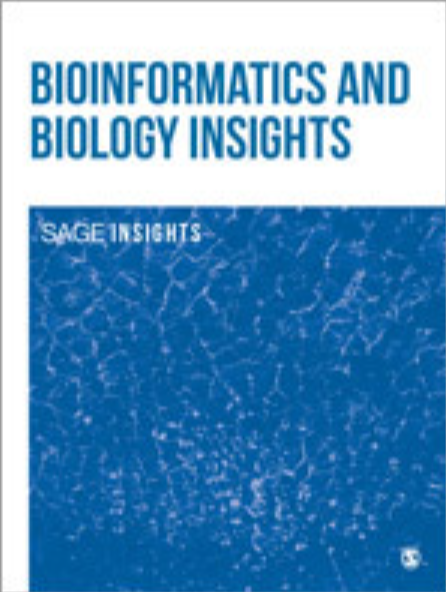miR-6087 Might Regulate Cell Cycle-Related mRNAs During Cardiomyogenesis of hESCs.
IF 2.4
Q3 BIOCHEMICAL RESEARCH METHODS
引用次数: 0
Abstract
MicroRNAs (miRNAs) are small noncoding RNAs that act as negative regulators of gene expression at the post-transcriptional level, promoting mRNA degradation or translation repression. Despite the well-described presence of miRNAs in various human tissues, there is still a lack of information about the relationship between miRNAs and the translation regulation in human embryonic stem cells (hESCs) during cardiomyogenesis. Here, we investigate RNA-seq data from hESCs, focusing on distinct stages of cardiomyogenesis and searching for polysome-bound miRNAs that could be involved in translational regulation. We identify miR-6087 as a differentially expressed miRNA at latest steps of cardiomyocyte differentiation. We analyzed the coexpression pattern between the differentially expressed mRNAs and miR-6087, evaluating whether they are predicted targets of the miRNA. We arranged the genes into an interaction network and identified BLM, RFC4, RFC3, and CCNA2 as key genes of the network. A post hoc analysis of the key genes suggests that miR-6087 could act as a regulator of the cell cycle in hESC during cardiomyogenesis.



miR-6087可能调控hESCs心肌形成过程中细胞周期相关mrna的表达。
MicroRNAs (miRNAs)是一种小的非编码rna,在转录后水平上作为基因表达的负调控因子,促进mRNA降解或翻译抑制。尽管mirna在各种人体组织中都有很好的描述,但关于mirna与人类胚胎干细胞(hESCs)在心肌形成过程中的翻译调节之间的关系,仍然缺乏信息。在这里,我们研究了来自hESCs的RNA-seq数据,重点关注心肌形成的不同阶段,并寻找可能参与翻译调节的多体结合mirna。我们将miR-6087鉴定为心肌细胞分化最新阶段的差异表达miRNA。我们分析了差异表达mrna与miR-6087之间的共表达模式,评估它们是否为miRNA的预测靶标。我们将这些基因排列成一个相互作用网络,并确定了BLM、RFC4、RFC3和CCNA2是网络的关键基因。对关键基因的事后分析表明,miR-6087可能在心肌形成过程中作为hESC细胞周期的调节剂。
本文章由计算机程序翻译,如有差异,请以英文原文为准。
求助全文
约1分钟内获得全文
求助全文
来源期刊

Bioinformatics and Biology Insights
BIOCHEMICAL RESEARCH METHODS-
CiteScore
6.80
自引率
1.70%
发文量
36
审稿时长
8 weeks
期刊介绍:
Bioinformatics and Biology Insights is an open access, peer-reviewed journal that considers articles on bioinformatics methods and their applications which must pertain to biological insights. All papers should be easily amenable to biologists and as such help bridge the gap between theories and applications.
 求助内容:
求助内容: 应助结果提醒方式:
应助结果提醒方式:


